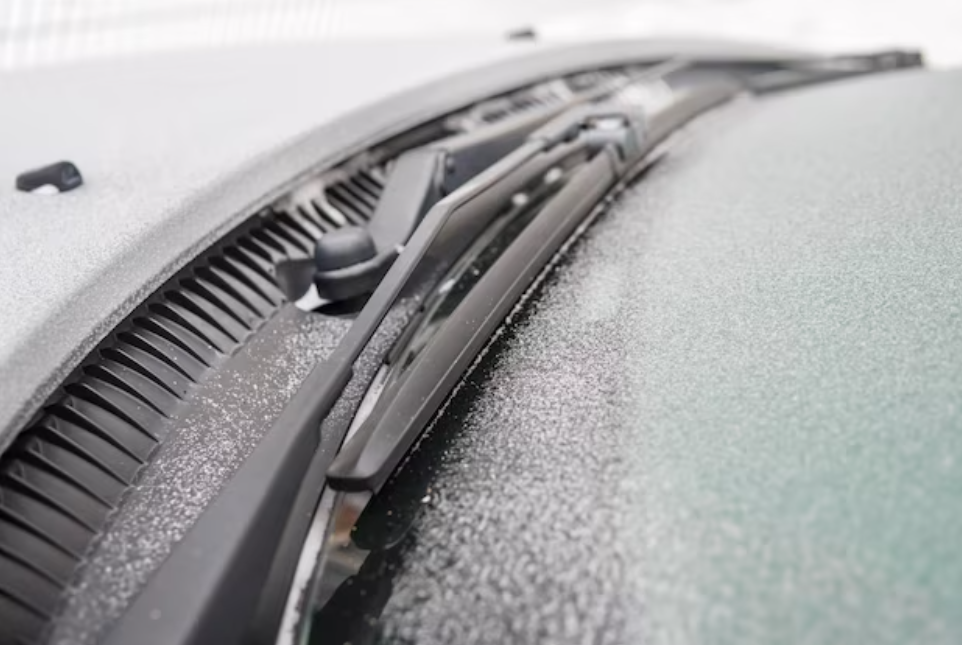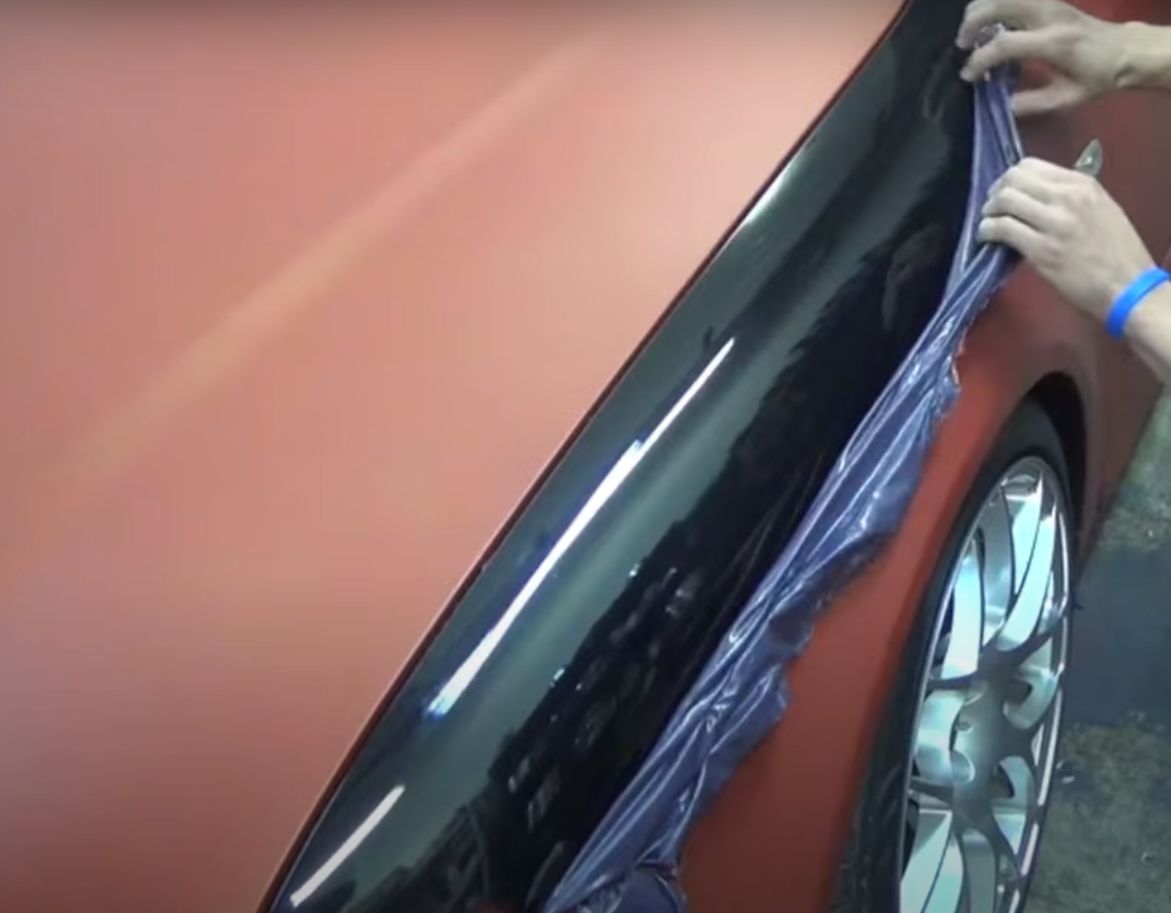When Is Car Too Rusty?
In the lifecycle of every vehicle, rust emerges as a formidable adversary, threatening not only the outward appearance but also the fundamental integrity of the car. The journey from minor surface blemishes to critical structural compromise is often subtle yet significant. Understanding the nuanced indications that signal when a car is too rusty to continue driving is imperative for safeguarding both passengers and fellow road users.
In this comprehensive exploration, we delve deeply into the multifaceted realm of rust, unraveling its insidious progression and equipping car owners with invaluable insights and strategies to fortify against corrosion's relentless advance

What Is Rust?
"Rust," when referring to a car, is not a specific type of vehicle but rather a condition. Rust on a car refers to the oxidation of iron and steel components due to exposure to moisture and oxygen, leading to the formation of reddish-brown flakes and ultimately weakening the metal structure. Rust can severely damage a car's body panels, frame, and other metal parts if not addressed promptly. It's a common issue in older vehicles, particularly those exposed to harsh weather conditions or environments with high humidity.

Rust can have various negative effects on a car.
- Structural Damage: Rust weakens the structural integrity of the vehicle. It can eat away at the metal, causing holes and compromising the strength of important components like the frame, chassis, and suspension mounts. This compromises safety and may lead to catastrophic failure in extreme cases.
- Aesthetic Degradation: Rust creates unsightly blemishes on the car's exterior. It often appears as reddish-brown flakes or patches on the paintwork, giving the vehicle a neglected and unkempt appearance. This can significantly reduce the car's resale value and diminish its overall appeal.
- Mechanical Problems: Rust can affect moving parts such as hinges, door latches, and brake components, leading to stiffness, binding, or failure. It can also corrode electrical connections and wiring, causing electrical malfunctions or even fires.
- Increased Maintenance Costs: Repairing rust damage can be expensive, especially if it's extensive. This may involve sanding, filling, priming, and repainting affected areas, or even replacing entire panels or structural components. Ignoring rust can lead to more significant problems over time, further increasing repair costs.
- Reduced Lifespan: Rust accelerates the deterioration of a vehicle, shortening its lifespan. If left unchecked, rust can spread rapidly, causing irreparable damage and ultimately rendering the car unsafe or unserviceable.
Failure to Pass Inspection: In regions with vehicle safety inspections, significant rust damage may result in a failed inspection, rendering the car unfit for road use until repairs are made. This can inconvenience the owner and incur additional expenses.

What Causes Rust on Cars?
Rust on cars is mainly caused by corrosion, where iron or steel reacts with oxygen and moisture. Key factors include:
- Moisture: Water facilitates the corrosion process by creating an electrolytic solution.
- Oxygen: Oxygen from the air reacts with metal surfaces to form rust.
- Salt and Road Salt: Salt accelerates corrosion, especially road salt used for de-icing.
- Acids and Pollutants: Acid rain or industrial pollutants can increase the acidity of the electrolyte, speeding up rusting.
- Scratches and Chips: Damage to paint exposes metal, making it more prone to rust.
- Humidity: High humidity levels provide a conducive environment for rust formation.
- Poor Maintenance: Neglecting washing, waxing, and addressing paint damage accelerates rusting.

Understanding these causes helps car owners take preventive measures to minimize rust and preserve their vehicles.
Preventing rust on your car involves several proactive steps:
- Regular Washing: Wash your car regularly, especially after driving in salty or humid conditions. This removes dirt, salt, and other contaminants that can contribute to rust formation.
- Keep it Waxed: Apply a coat of wax to your car's exterior regularly to provide a protective barrier against moisture and oxidation. This helps maintain the paintwork and prevents rust from forming on exposed metal surfaces.
- Address paint damage. Promptly: Repair any scratches, chips, or dents in the paintwork promptly to prevent moisture from reaching the metal substrate. Touch-up paint or professional repairs can help seal these areas and prevent rust.
- Apply Rust Inhibitors: Consider using rust inhibitors or corrosion-resistant coatings on vulnerable areas of your car, such as the undercarriage, wheel wells, and other exposed metal components. These products create a protective barrier against moisture and corrosive elements.
- Keep it Dry: Whenever possible, park your car in a garage or covered area to protect it from rain, snow, and excessive moisture. If you live in a coastal area or an area with high humidity, consider using a dehumidifier in your garage to keep moisture levels low.
- Rustproofing: Some car manufacturers offer rustproofing treatments as an additional option. These treatments typically involve applying protective coatings or sealants to the underside and other vulnerable areas of the car to inhibit rust formation.
- Regular Inspections: Periodically inspect your car for signs of rust or corrosion, particularly in areas prone to damage or accumulation of moisture, such as the wheel wells, door sills, and undercarriage. Catching rust early allows you to address it before it spreads and causes significant damage.

When is a car too rusty to drive?
A car is too rusty to drive when rust compromises structural integrity or safety features, such as holes in the body or severe corrosion on essential components like the frame or brake lines.
How can I tell if my car is too rusty to drive?
Look for visible holes, significant corrosion on load-bearing parts, or compromised safety features. If you are unsure, have a qualified mechanic inspect it.
What should I do if my car is too rusty to drive?
Get a professional assessment. Repair feasibility depends on the extent of the damage.
Can rust damage be repaired?
Yes, but feasibility varies based on damage extent and part availability.
Recognizing when a car is too rusty to drive is essential for ensuring road safety and vehicle longevity. By staying vigilant for signs of rust damage, promptly addressing any issues, and taking preventive measures, car owners can protect their vehicles from the harmful effects of corrosion. When faced with extensive rust damage, seeking professional inspection and repair guidance is key to making informed decisions about vehicle safety and maintenance.
Click on the following link to read another blog post: What Is Overboost In A Car?












